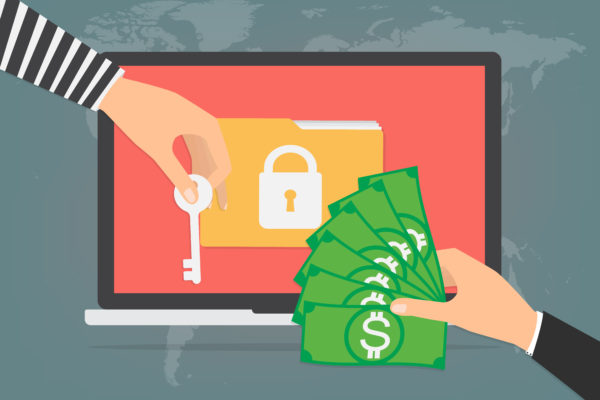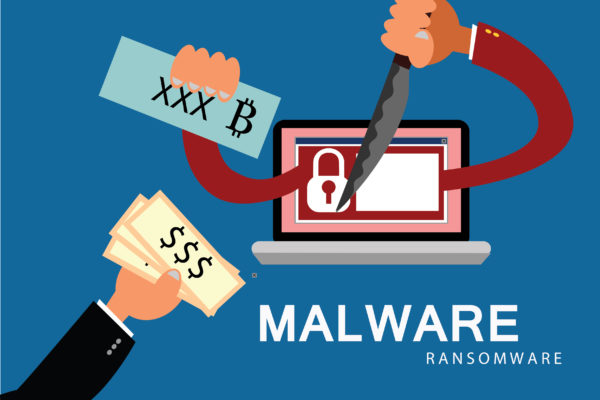You are busy working on your PC when you feel your files are not opening properly or opening at all. You try to recover them from your backup files, but maybe your machine doesn’t show anything suspicious. Even after reinstalling the program, you try to open the files and nothing happens. Instead, you receive a really painful response that your PC or phone has been taken over.
Now you know that you have also become a victim of ransomware. How should you recover? You already know that the ransomware people completely take over your account and encrypt all your data. They ask you to pay a certain amount to them to let you recover your own files. Normally payment is made in bitcoins and data is restored, but in some cases, the data is not fully recovered. What they do is just give you access to a little bit of data and ask you to pay more. So what should you do?
Firstly, do not let the virus spread through the whole machine. If you can detect the area affected than do not let it spread. Also, it is extremely important to shut down any programs that you feel were affected. Disconnect from the internet and any other devices that you were connected to as they might get infected too. This way if your PC was isolated, then it will not affect others.
Secondly, try to figure out the extent of damage by understanding which ransomware has affected your computer or device. This will also help in gaining information on how much data you will be losing.
Thirdly, talk to someone. It is highly recommended that you bring in the authorities to make sure that this doesn’t happen to anyone else too. FBI has been encouraging people who have been victims of ransomware to come forward and help them catch these culprits.
Next, once you have been a victim, try to pay. This although is not advisable, but people have paid in the past. Or delete and restart. This means that you delete the programs and reinstall everything on your device if you have a backup somewhere. If you have a backup on a USB or an iCloud account, then it is a good idea to delete all your data and reinstall everything.
In a lot of cases, the malware takes over the backup device too, if it was connected to the computer or the device at all times. Remember, removing malware isn’t easy and can only be done if you know the type of malware and where it is affecting your device.
Once you feel that your system is clean, try to get backup or restore your device to its factory settings and then after you are completely satisfied, you can use the USB drive or the iCloud account to restore your data.
Remember, disconnect the devices from the internet and get in touch with the authorities to help you.



